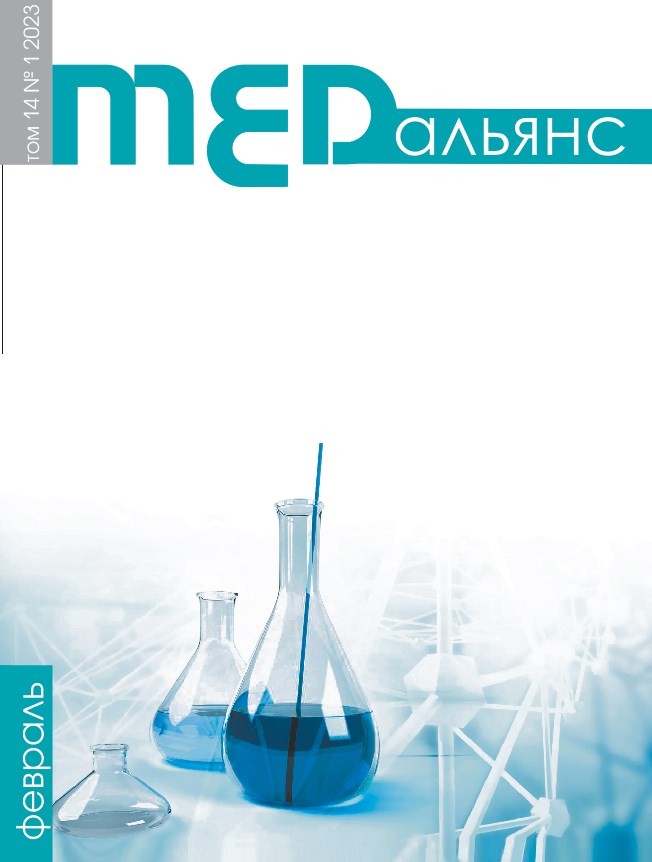Abstract
Tuberculosis in combination with HIV infection (TB/HIV) poses a threat to the TB epidemic well-being. Purpose: to study trends in the prevalence of tuberculosis (TB), including TB/HIV, in Russia as a whole and by regions. Methods: official statistics were used. The list of regions with a high burden of TB and TB/HIV included 10 regions with the highest number of TB and TB/HIV cases, respectively, and 5 regions with the highest prevalence of TB and TB/HIV. Results. The proportion of TB/HIV patients in public health care increased from 82.8% in 2015 to 88.7% in 2021. There are three periods of TB/HIV prevalence dynamics: growth (until 2016), stabilization (2016–2019), decline (2020 and 2021). In contrast to the continuous decline in the number of TB cases without HIV infection, the number of diagnosed TB/HIV patients grew until 2016 and after stabilizing at the level of 12–13 thousand patients per year, decreased to 9,817 in 2020 and 9,493 patients in 2021. This was consistent with the maximum levels (29–31 thousand) of the number of patients in 2015–2019 with a decrease to 25,359 in 2020 and 23,352 patients in 2021. The largest burden and the largest proportion of TB/HIV patients (with a tendency to increase) is observed in the Volga, Urals and Siberian districts. Conclusion. Currently, the TB/HIV problem is beginning to prevail. Russia was included in the WHO list of countries with a high burden of TB/HIV, in which it was previously absent. Since 2020, the period of reducing the burden of TB/HIV has begun, which has a multifactorial nature: a decrease in the incidence of HIV, an increase in the coverage of antiretroviral therapy, and a decrease in the incidence of tuberculosis. The geographic features of the TB/HIV burden may be related to drug trafficking and religious characteristics. The solution to the problem of TB/HIV depends on the coordinated actions of TB doctors and infectious disease specialists.

